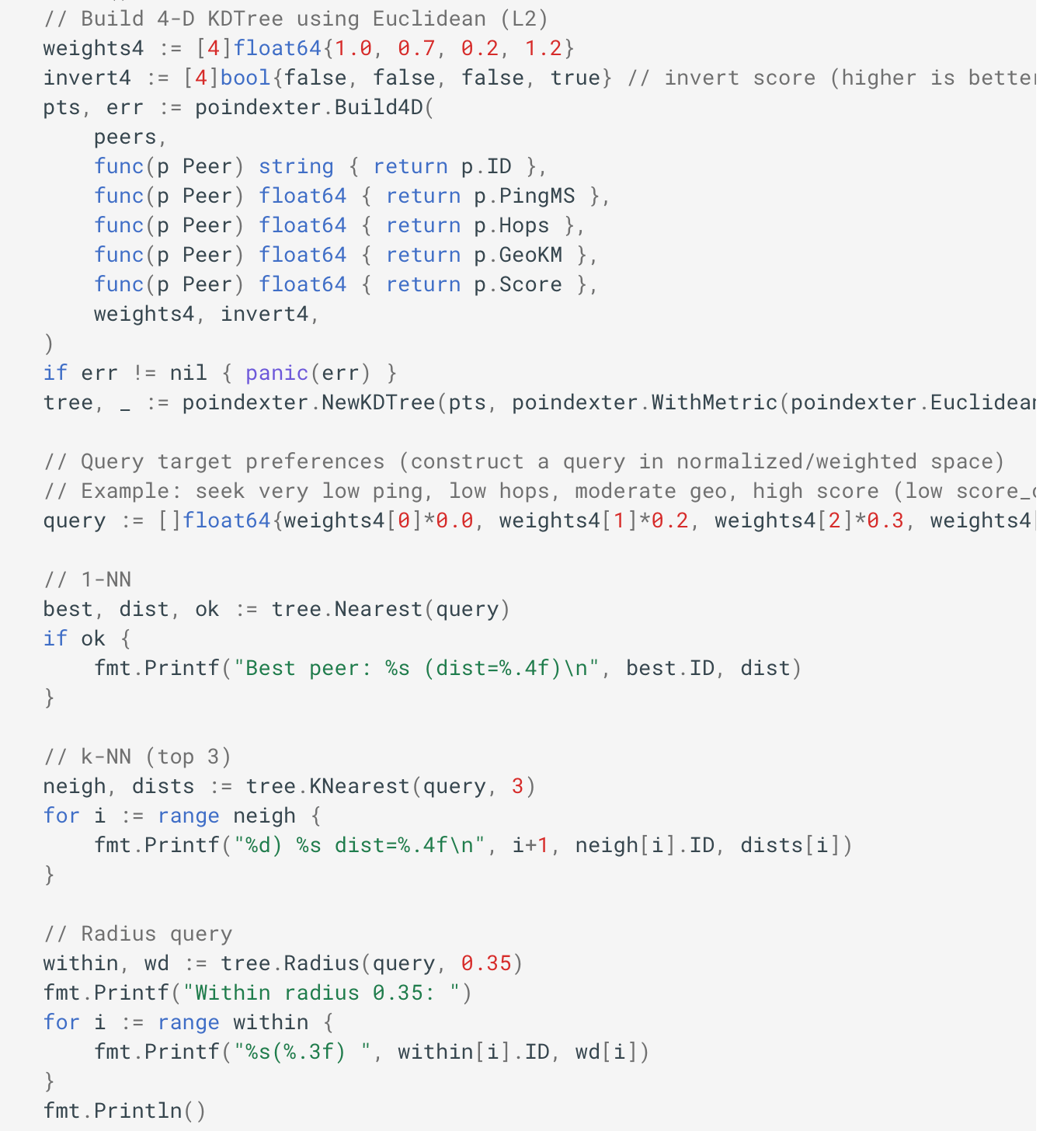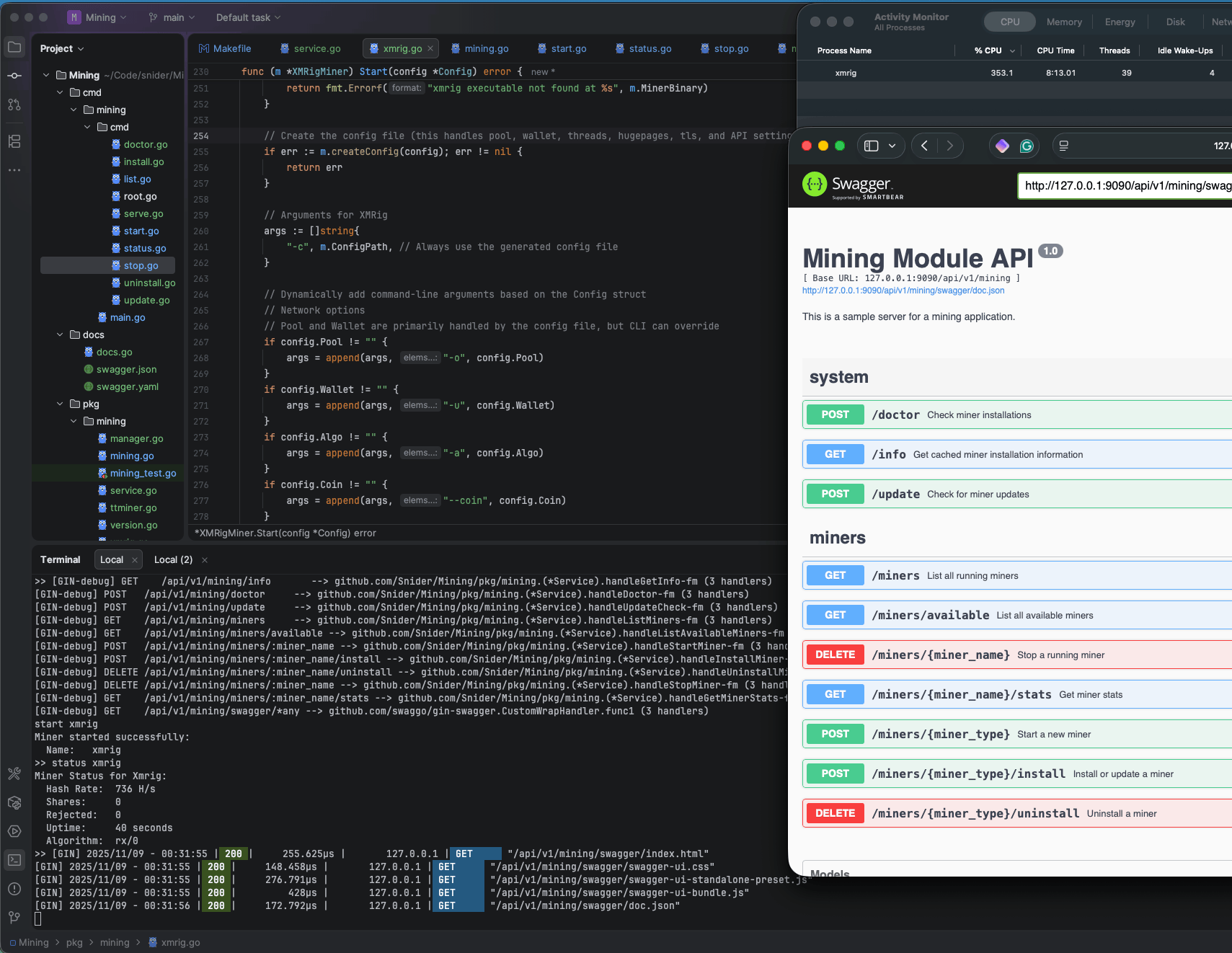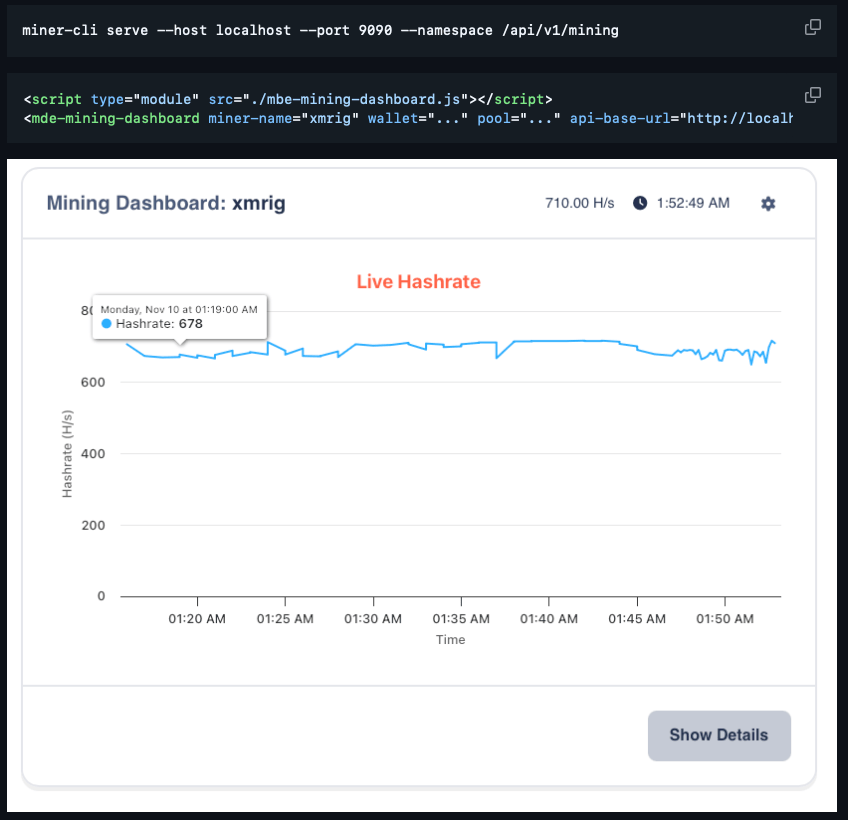November Development Update¶
Since the last post, we have a DNS service that is now fully functional and the start of an end user / last-mile Web3 framework. This update expands the projects spun out of Lethean Desktop into reusable components, their current status, technical notes, links, and next steps.
Highlights¶
dns.lthn.iodeployed and resolving internal test zones.- Core framework modules extracted from Lethean Desktop and published internally.
- Demo tooling (Poindexter, RootFS datanode, Miner-CLI) documented for contributors.
- Early adopter workflows for packaging and local dev validated on macOS.
New projects that take the core functionality out of our Lethean Desktop into a reusable framework.
Lethean Desktop¶
Status: Stable — active maintenance and demo reference.

Technical notes:
- Purpose: Reference native-like desktop app integrating framework modules.
- Frontend: HTML/CSS/TypeScript.
Core.Framework¶
Status: Beta — expanding API coverage and examples.

Provides a framework for building client-side native Web3 applications with web technologies.
Key features:
- Modular plugin loader for app extensions.
- Secure local storage and key handling (encrypted stores).
- Cross-platform event/IPC primitives and lifecycle management.
Core.Help¶
Status: Alpha — usable and embeddable.

Provides client-side deep-linkable help documentation that opens in its own window.
dns.lthn.io¶
Status: Live — monitoring enabled.

Details:
- Purpose: name resolution for demo/test networks and discovery for local/dtest deployments.
- Focus: privacy, low-latency lookups, .lthn TLD resolution on web2.
- Observability: logs, basic metrics, and alerting configured.
Poindexter¶
Repository: https://github.com/Snider/Poindexter
Status: Production-ready for benchmarking and peer selection.

Summary:
- Purpose: find the best peer(s) in very large peer lists (100k+).
- Approach: compact 4-dimensional data structure enabling millisecond scoring.
- Use cases: bootstrapping, peer selection, health checks, and prioritizing connections.
Highlights:
- Extremely fast peer scoring and ranking.
- Integration example included in Core.Framework demos.
- Benchmarks and profiling included in repo README.
RootFS datanode¶
Status: Proof-of-concept — usable for isolated snapshots.

Summary:
- Purpose: take snapshots of remote files and serve them in an isolated environment for reproducible external apps.
- Storage: compressed snapshot bundles with metadata and manifest.
- Serving: local HTTP endpoints, optional mount support for development.
Technical notes:
- Snapshot format optimized for quick restores and small disk overhead.
- CLI for snapshot creation, verification, and serving.
- Intended for demo content, reproducible builds, and sandboxed content serving.
Miner-CLI¶
Status: Demo — developer tooling and onboarding example.


Summary:
- Demonstrates adding custom applications to Lethean Desktop using pure HTML, CSS, and JavaScript.
- Includes a CLI scaffolder, example UI packaged as an extension, and docs for Core.Framework integration.
What changed since last update¶
- DNS service deployed and integrated with demo apps.
- Core modules extracted and published internally for reuse.
- Poindexter optimizations merged and benchmarked.
- RootFS snapshot flow improved with faster restore paths.
- Miner-CLI scaffolding added to onboarding docs.
That's all you get for now. Until next time.
Take Care
Snider
Lethean Developer
I Would Love To Change The World, But They Won't Give Me The Source Code